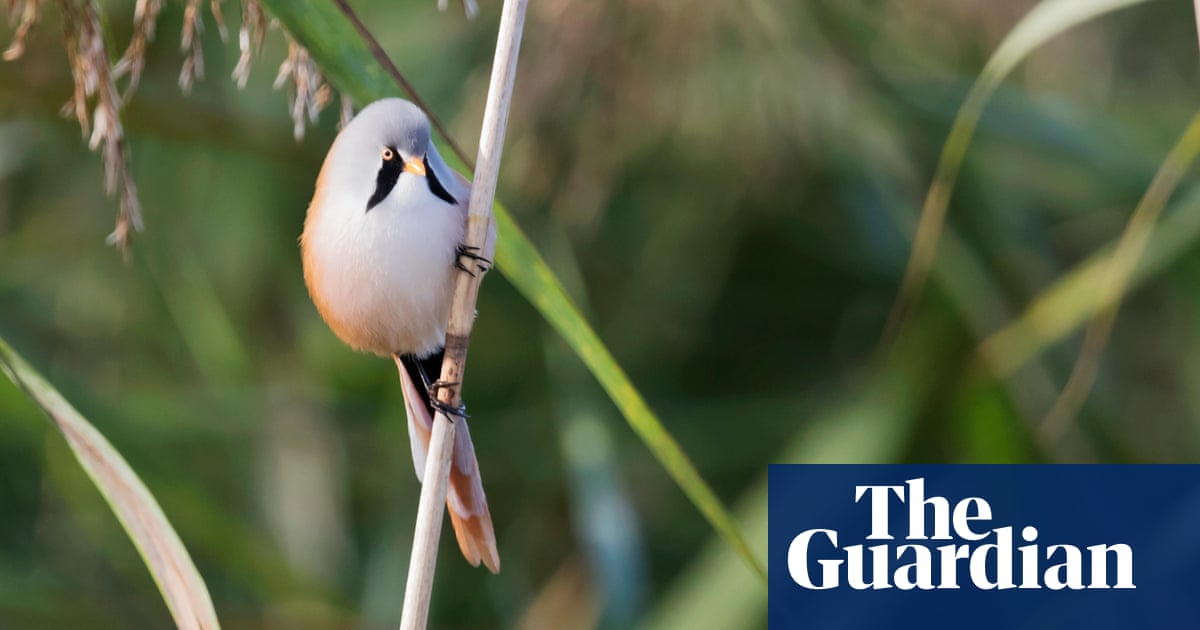
They have a routine. Swoop into the hazel. Chhrrrrrrrrrr–chidik. Check for danger. Look left, right, left again. Alert, always alert. Up to the feeder. Flick tail, peck food, turn, peck, turn, flick, back to the bush. Whizz, whirr, flurry. Busy birds, blue tits.
But today it changes. From the feeder, not back to the hazel but up to the box on the whitewashed wall near the kitchen. We installed it four years ago. It’s been a monument of neglect ever since. Too near the house, we thought. Apparently not.
I monitor it. Household chores go unchored, emails unwritten. Work? Pah. This is important. She comes back, holding something in her mouth. A bit of moss – just the kind of thing you might use if you were a nest-building blue tit. Shit just got real.
So now we’re condemned to six weeks of daily stress. Are they laying? Have they hatched? Will they fledge? Then what? Parenthood was never this bad.
Some people have nest box cameras. They can monitor the birds’ every move, thrilling to the emergence of the hatchlings, cheering them on as they grow. Upstretched beaks begging for caterpillars (try not to think of the fate of the littlest chick – life is tough). Then the first exploratory wing flaps, followed by the inevitable: out into the wide world of adventure, excitement and – this is suburban London, after all – cats. No camera for us. In the box, a world of mystery. What’s going on in there?
With any luck, this. The female builds the nest. It’ll take her a week or more. Then the laying – between eight and 12 eggs, one a day. Obviously that’s her job too. As is incubation – two weeks of it. You see the pattern.
In the male’s defence, he might chip in by bringing food during incubation. And in the three weeks before fledging, they’re both run off their feet. One chick can eat 100 caterpillars a day, and they are demanding diners. Bring me food. Now.
One day, maybe in early June, they’ll be gone. Fewer than half, on average, will survive. Good job they lay so many – a sensible evolutionary strategy. But that’s all in the future. For now, we wait.
It’s the stress that kills you.












